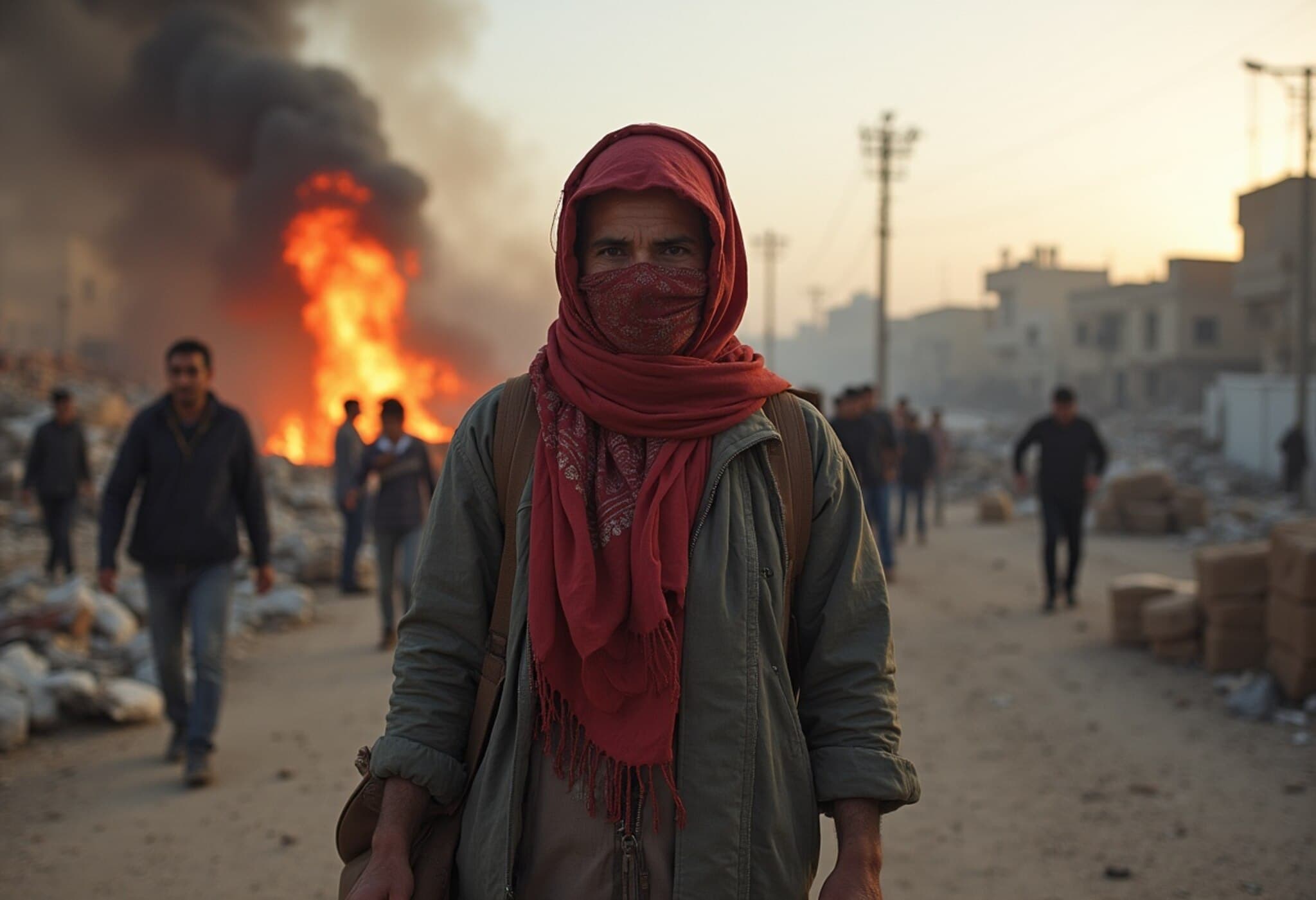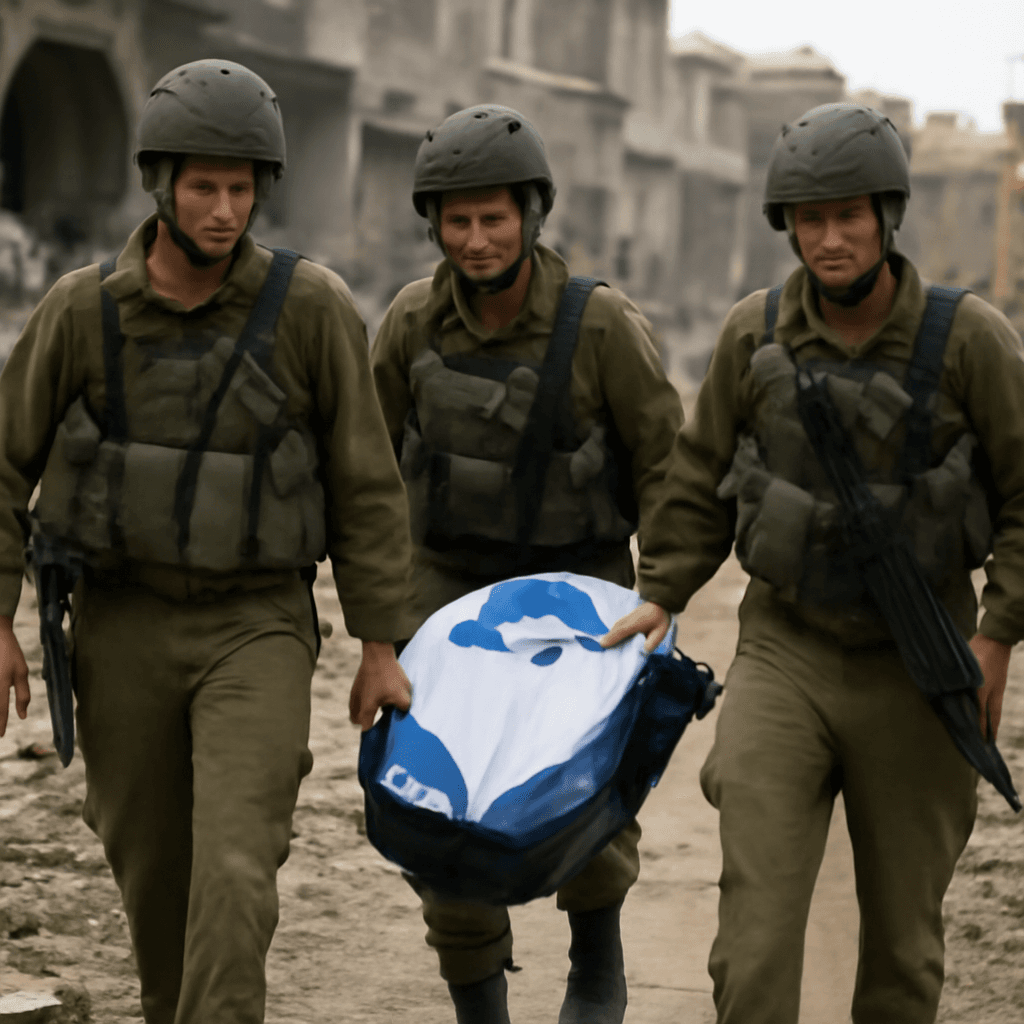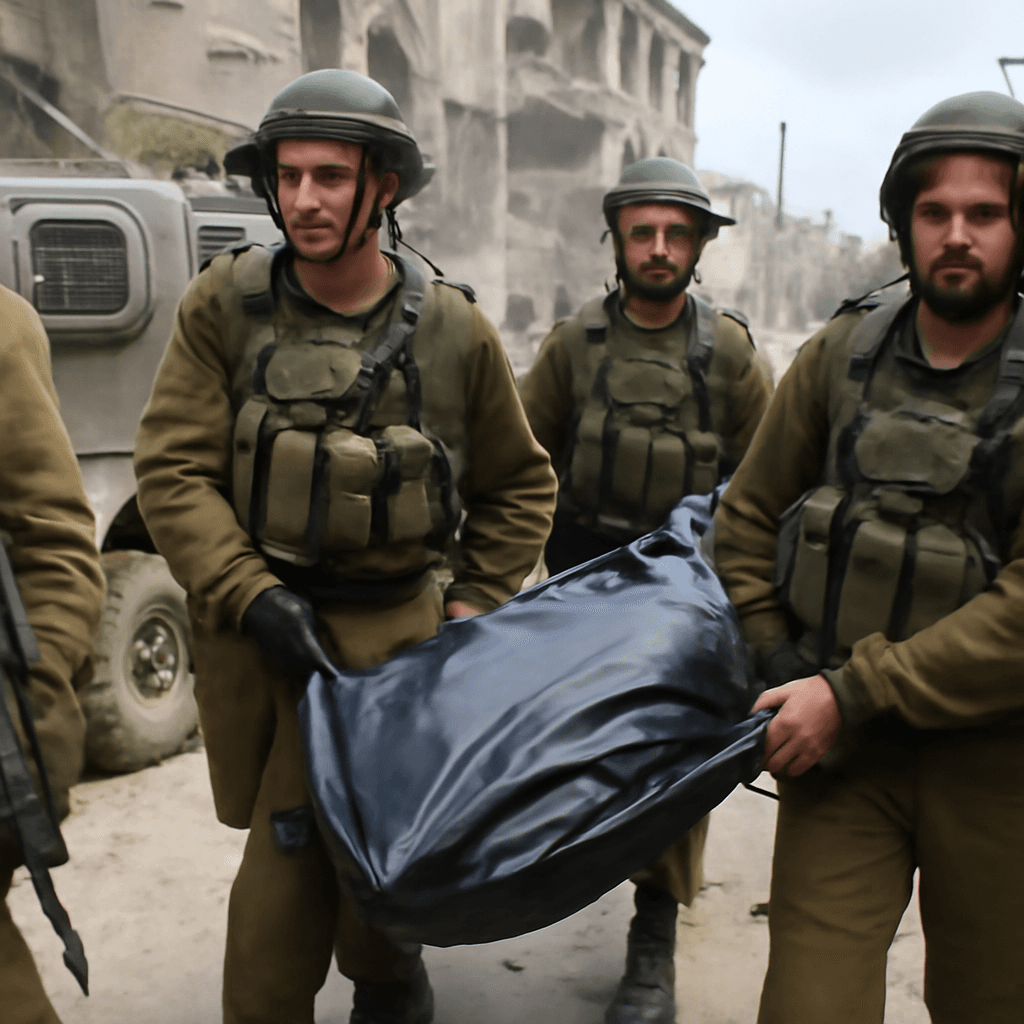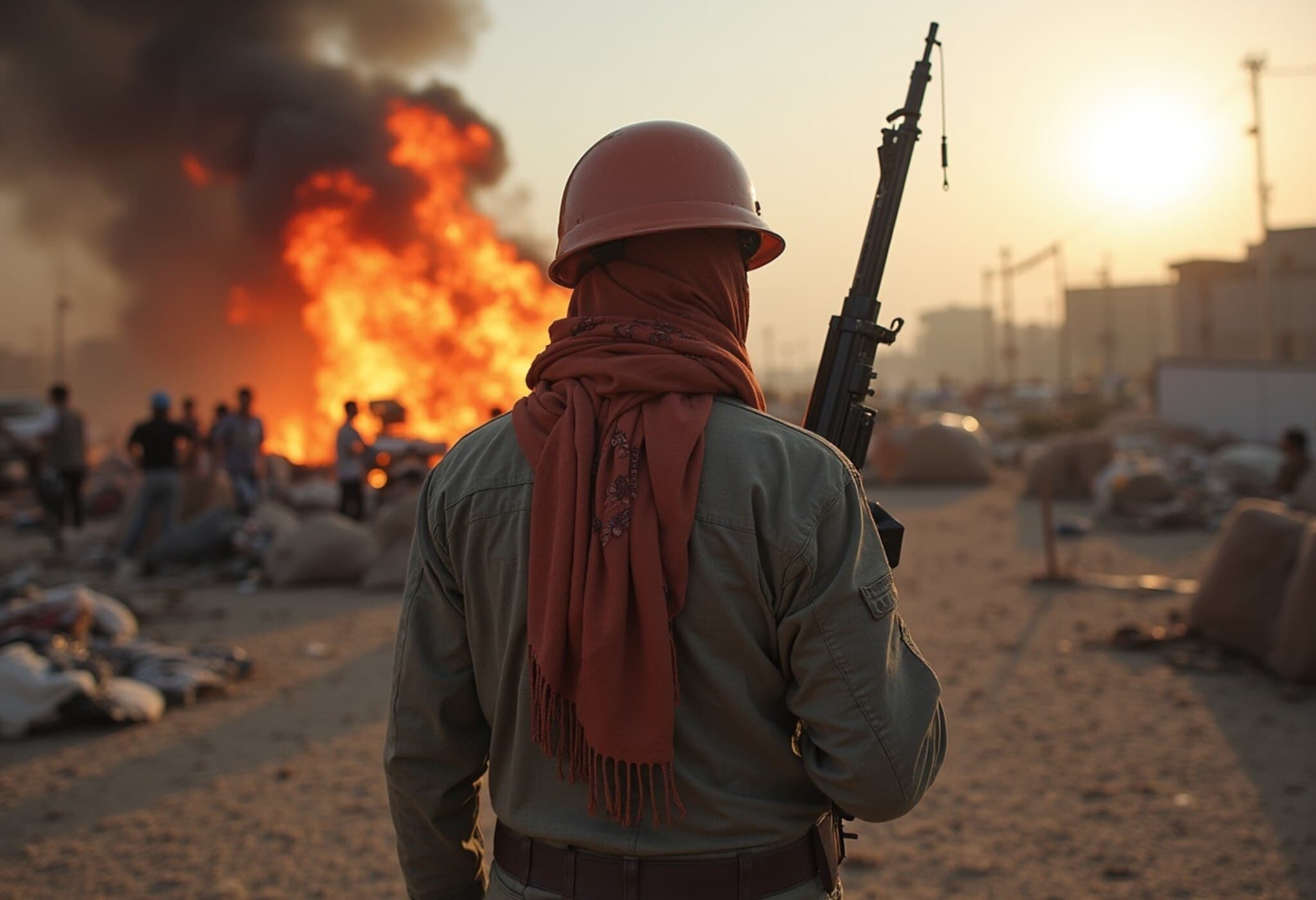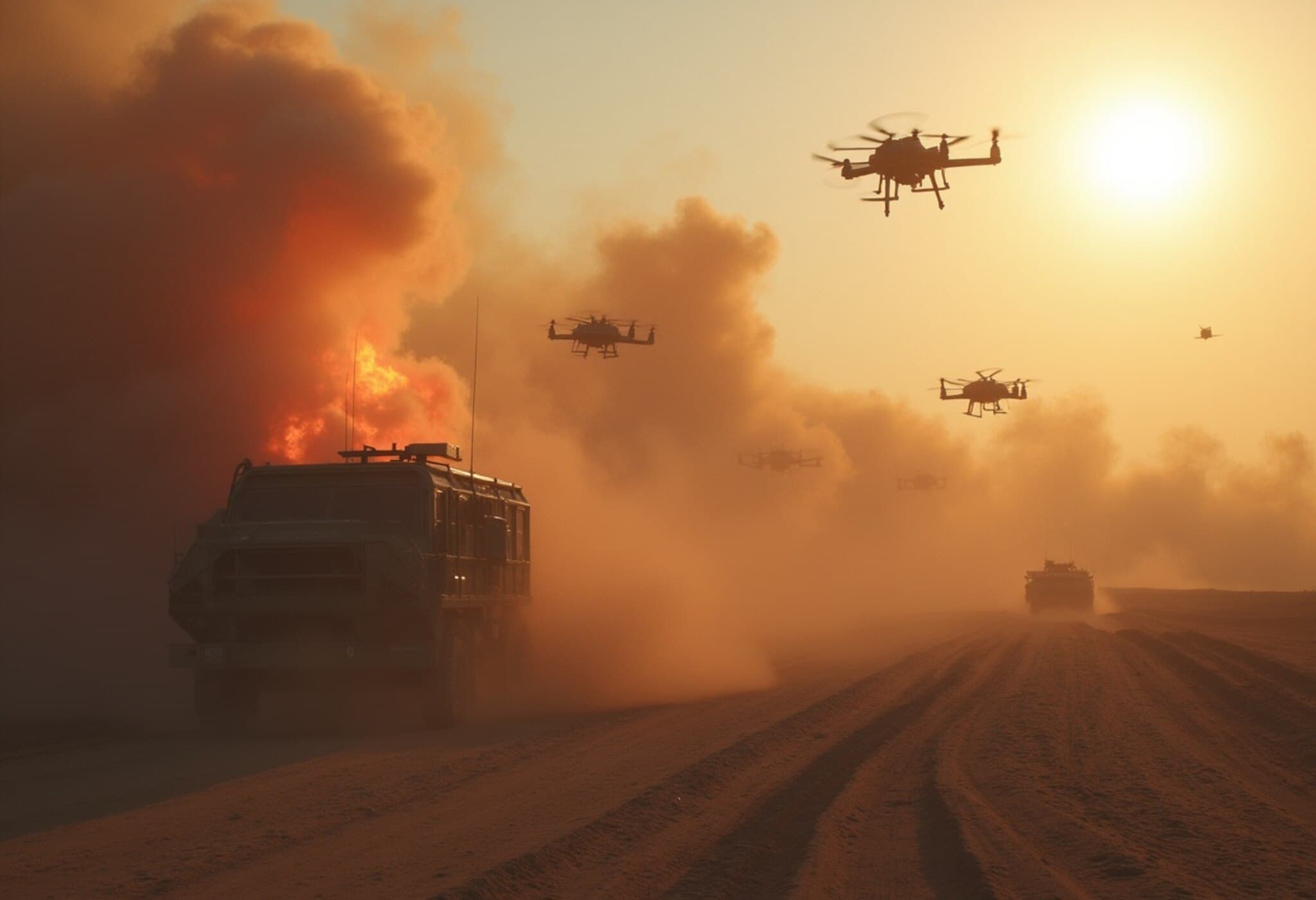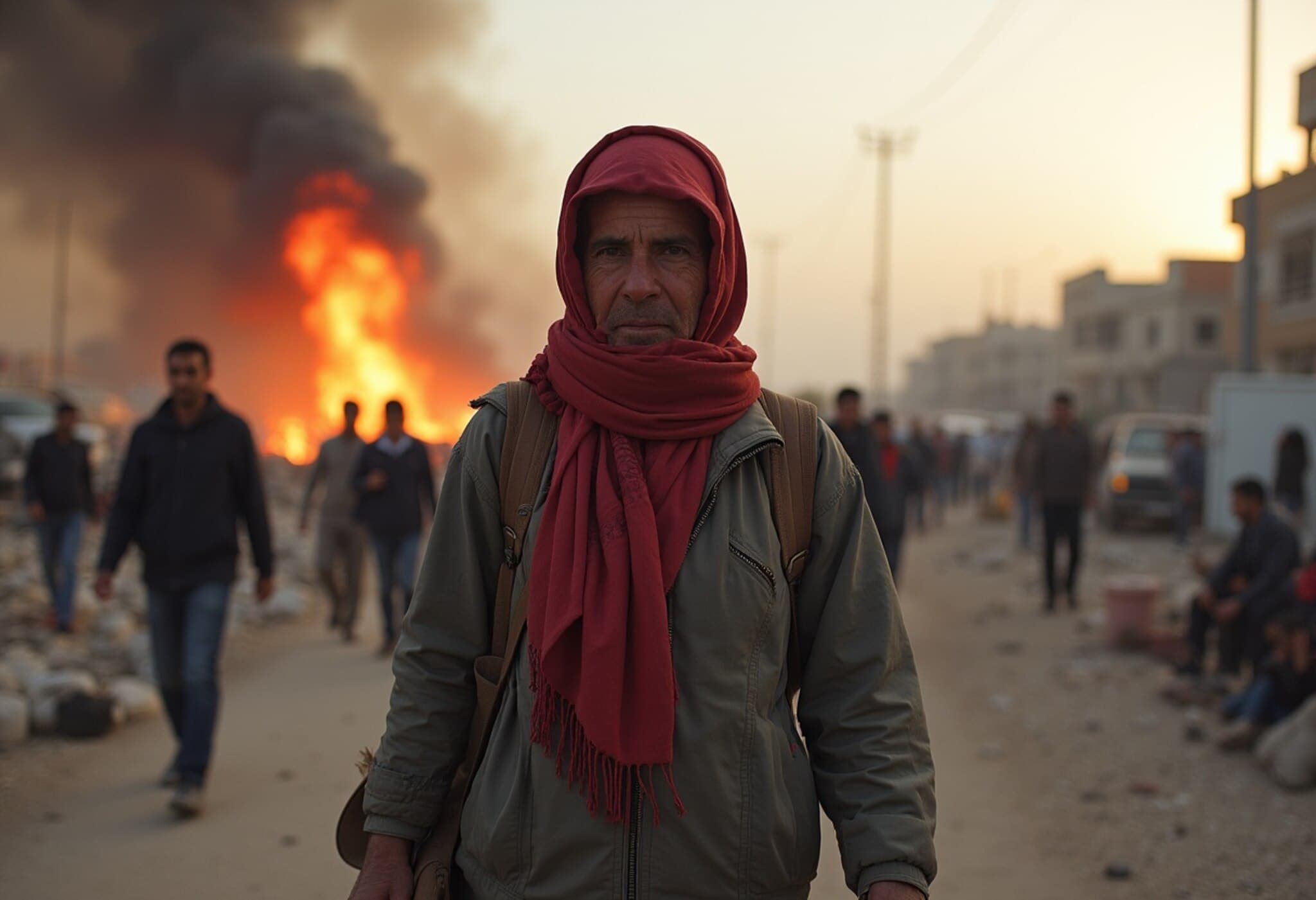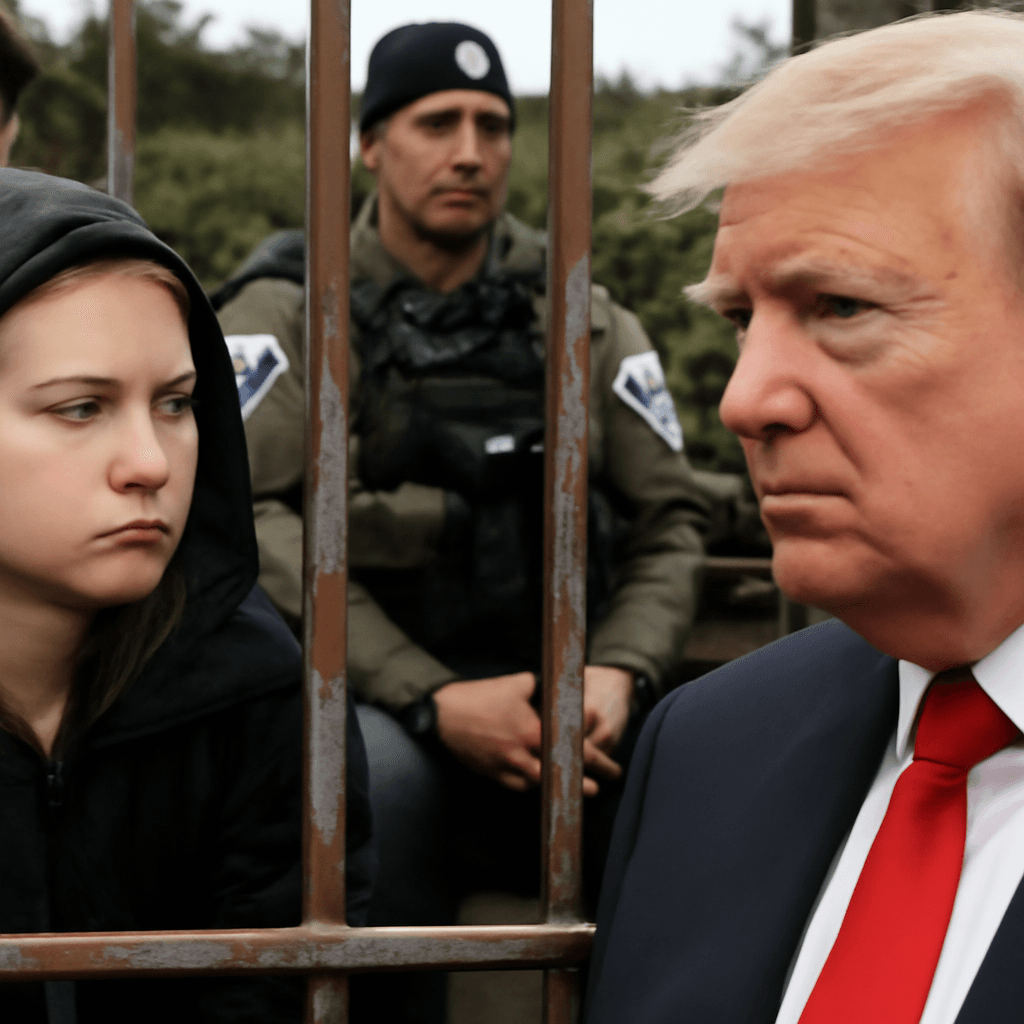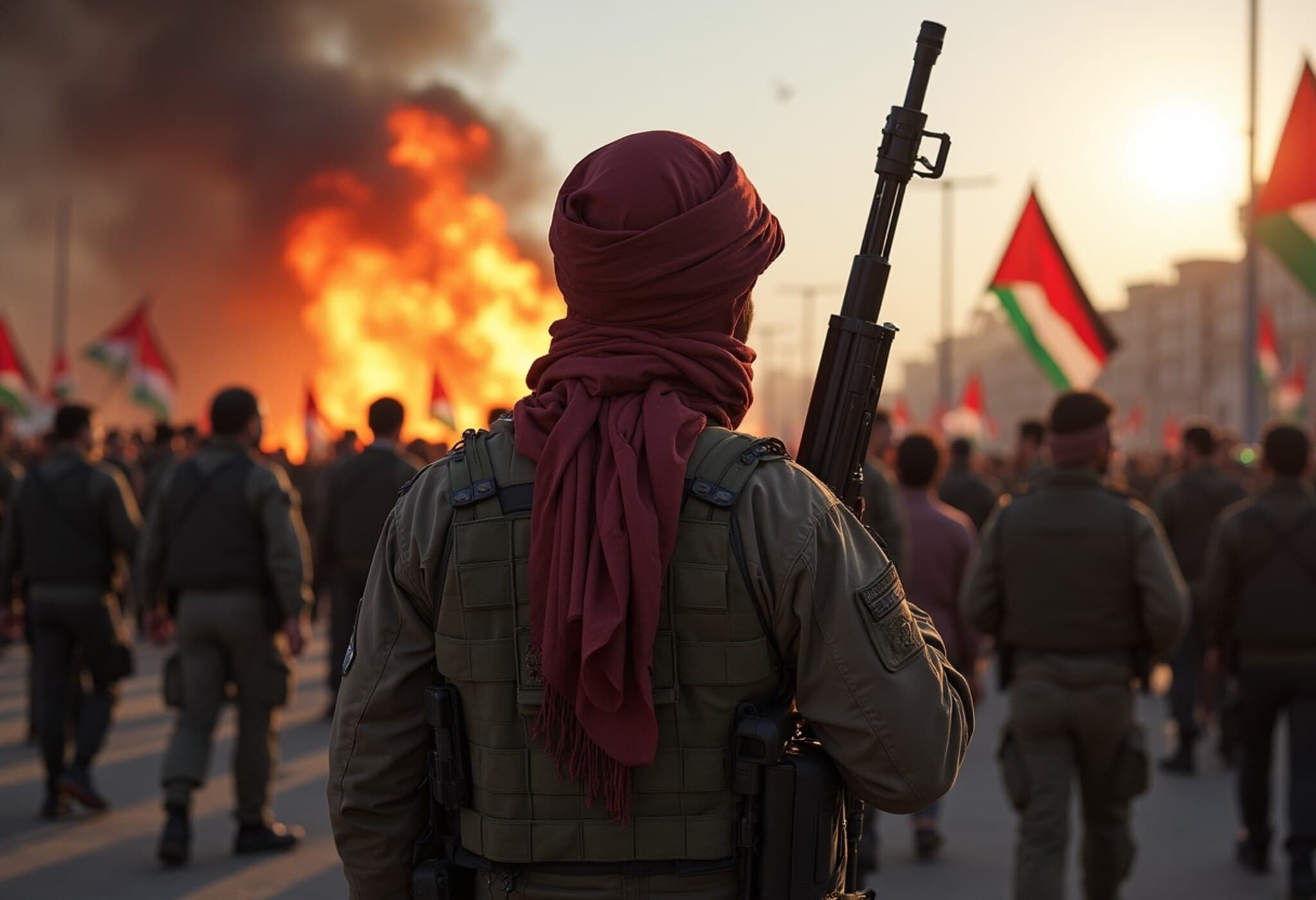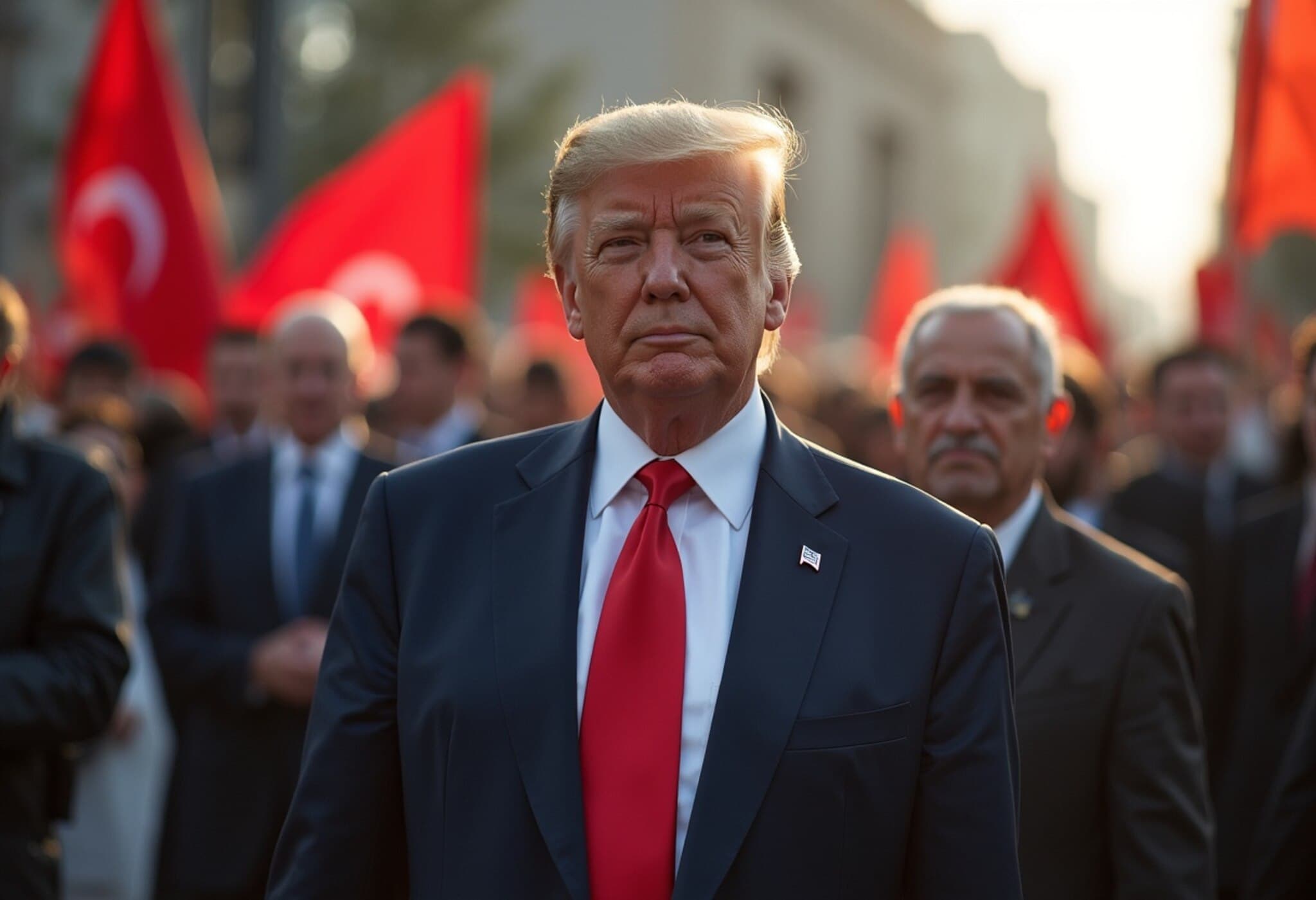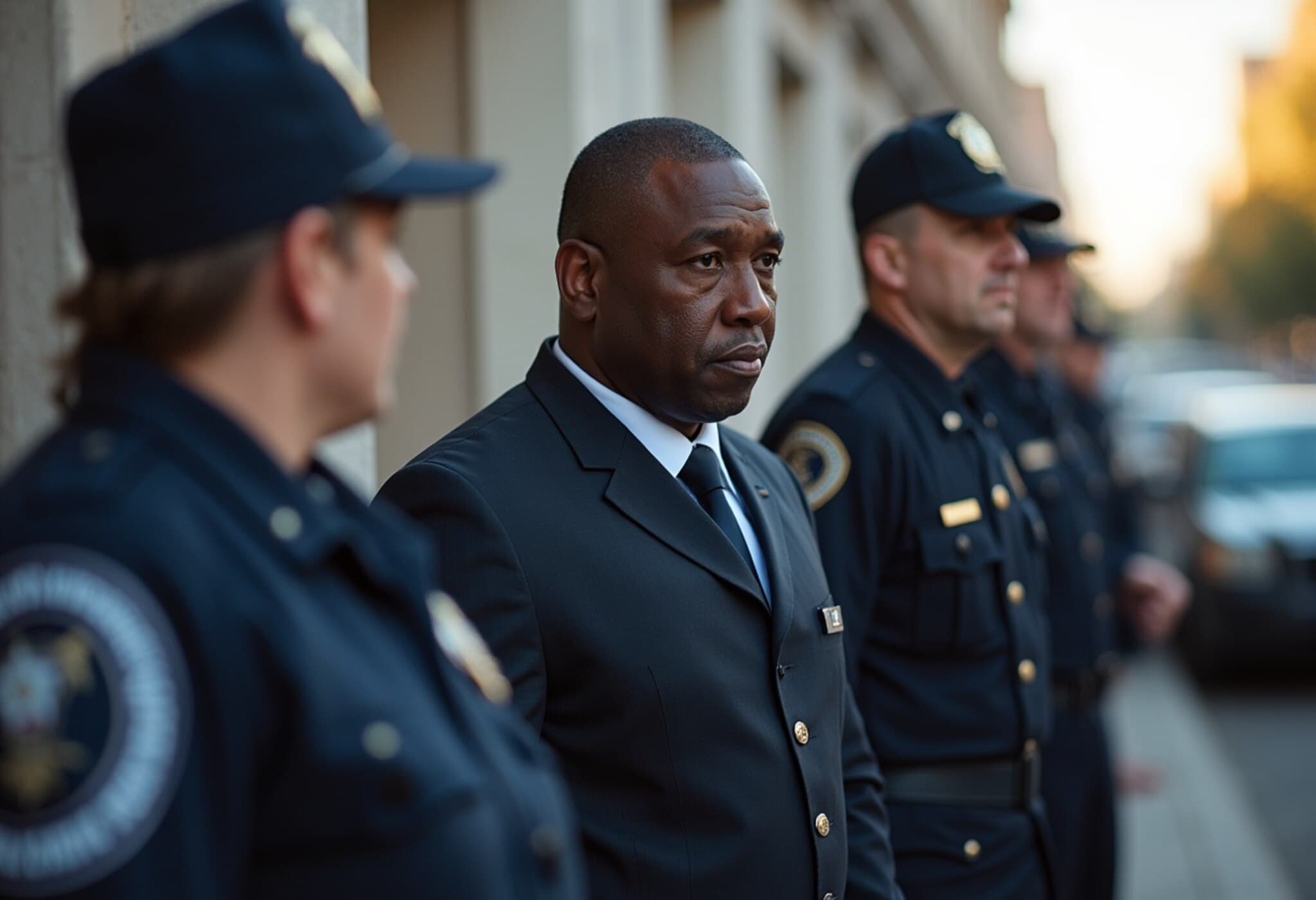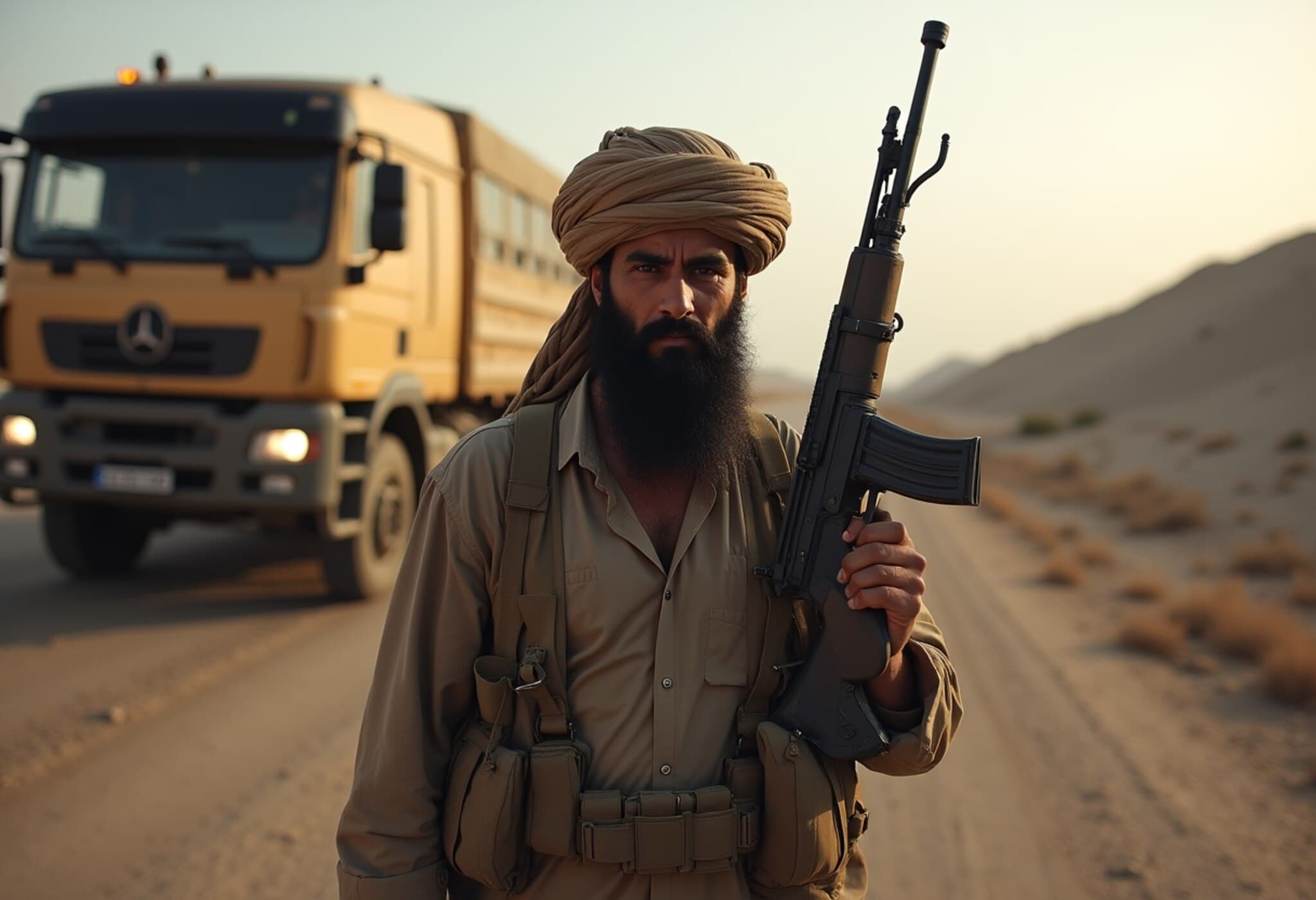Tragic Toll: Nearly 800 Gazans Killed While Seeking Humanitarian Aid
In a distressing revelation, the United Nations has reported that nearly 800 Palestinians in Gaza have lost their lives over the past six weeks while attempting to access humanitarian aid. This grim statistic sheds light on the ongoing humanitarian crisis amidst a complex and brutal conflict that has persisted for more than 21 months.
Context of the Crisis: Blockade and Aid Delivery Challenges
Following a stringent, two-month blockade that effectively cut off almost all aid, Israel began loosening restrictions in late May. However, the process has been far from smooth. The introduction of the Gaza Humanitarian Foundation (GHF), a new aid organization backed by the US and Israel, has profoundly disrupted the existing UN-led aid distribution framework—a network that had been critical in supporting Gaza's over two million residents.
This shift in the aid delivery landscape has sparked significant controversy. The UN has refused to collaborate with GHF, expressing concerns that its operations appear aligned with Israeli military objectives rather than purely humanitarian goals. This impasse exacerbates the brutal environment in which Palestinians in Gaza must navigate daily.
Human Toll at Aid Distribution Points
The violence is starkly visible at aid distribution sites. On a single day recently, ten Palestinians were reported killed while waiting for aid near Rafah in southern Gaza. According to Gaza’s civil defense agency, such incidents are all too common, with many casualties occurring in close proximity to GHF facilities. UN officials emphasize that the deaths—798 from late May to early July—occurred as people lined up for essential supplies like food and medicine, underscoring the inhumanity of the situation.
“Where people have to choose between being shot or being fed, this is unacceptable,” said UN rights spokeswoman Ravina Shamdasani at a Geneva briefing.
Military and Political Perspectives
Israel’s military has responded by stating it has issued new instructions to troops aimed at minimizing civilian harm and conducts thorough investigations into reported incidents. Critics, however, remain skeptical, especially given ongoing reports of Israeli forces shooting at civilians near aid distribution points.
The Gaza Humanitarian Foundation has publicly challenged the UN’s figures, labeling them as “false and misleading” and pointing to alleged incidents involving UN convoys. Meanwhile, the situation on the ground remains perilous, with Israeli military operations continuing near civilian areas such as Khan Yunis, accompanied by airstrikes, artillery shelling, and bulldozing.
Diplomatic Efforts and the Road to a Ceasefire
Amidst the violence, indirect negotiations brokered in Qatar between Israel and Hamas are ongoing to secure a temporary ceasefire. Israeli Prime Minister Benjamin Netanyahu has expressed optimism about a possible 60-day truce, coupled with the release of some hostages held by Hamas.
However, the talks are complicated by fundamental disagreements. Hamas insists on conditions including the full withdrawal of Israeli forces from Gaza and guarantees for a lasting truce. In contrast, Israel demands the disarmament of Hamas and a relinquishing of control over Gaza, framing these conditions as prerequisites for peace. The debate over prisoner exchanges and the number of Palestinian detainees to release remains a hard negotiable point.
Humanitarian Fallout: Numbers Behind the Conflict
- 1,219 people were killed in the Hamas October 7, 2023 attack on Israel, mainly civilians.
- Of 251 hostages taken during that attack, 49 remain in Gaza, with 27 confirmed dead by Israeli military sources.
- Since the war began, at least 57,823 Palestinians have been killed, mostly civilians, as per Gaza’s health ministry.
The numbers reflect a devastating human cost that intensifies the urgency for a ceasefire and broader resolution.
Expert Perspective: An Unfolding Humanitarian and Political Quagmire
From an expert policy angle, the repeated deaths at aid points illuminate a dangerous overlap of military operations and humanitarian needs. The sidelining of the UN’s experienced aid network in favor of a newer organization perceived as politically aligned risks further politicizing aid delivery and compromising neutrality—a foundational principle for humanitarian assistance recognized in international law.
Moreover, these deaths underscore the acute vulnerability of civilians trapped between active hostilities and bureaucratic roadblocks. In the US and international policy spheres, this raises crucial questions on how to balance security concerns with the imperative to uphold human rights in conflict zones—a dilemma that repeatedly flares in Gaza.
Underreported Narratives
- The impact of aid organization rivalries on civilian access remains largely overlooked by mainstream coverage.
- The psychological trauma on civilians, especially families repeatedly risking their lives for basic supplies, is a silent crisis deserving more attention.
- The broader geopolitical implications of aid control echo in ongoing US-Israel coordination, influencing how the conflict evolves and how relief is delivered.
Editor’s Note
This report highlights the tragic human cost layered onto an already complex conflict. Nearly 800 Gazans dying while seeking basic humanitarian aid is a stark reminder of how warfare and geopolitical strategies can intersect with devastating consequences for civilians. As diplomatic negotiations continue, it is crucial to question and scrutinize who controls aid delivery and how that control affects its neutrality and effectiveness. The international community faces pressing challenges in safeguarding human rights and dignity amid a conflict that shows no immediate signs of resolution.
For readers and policymakers alike, this crisis is a call for renewed focus on protecting vulnerable populations and championing aid mechanisms that prioritize human life above political interests.

